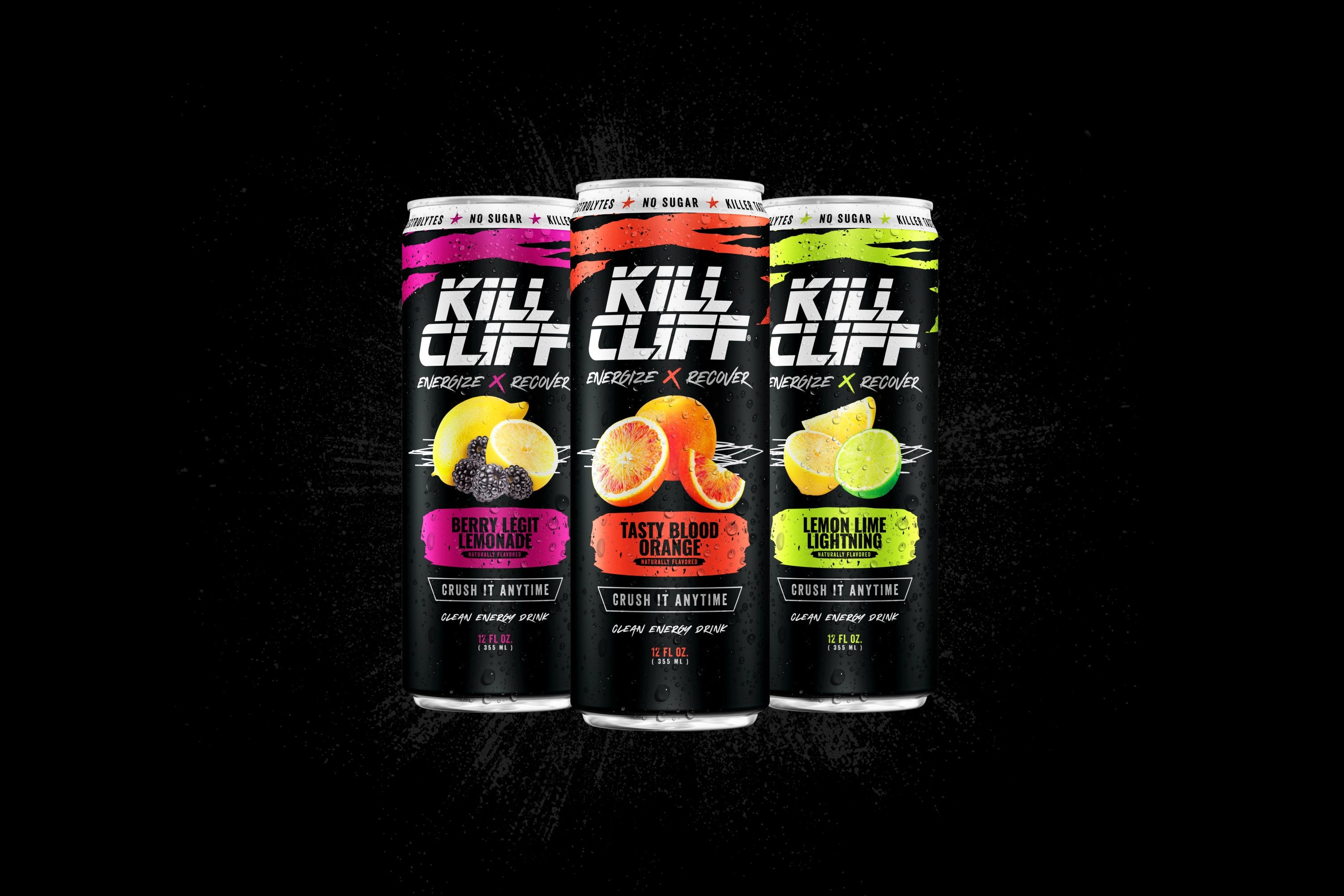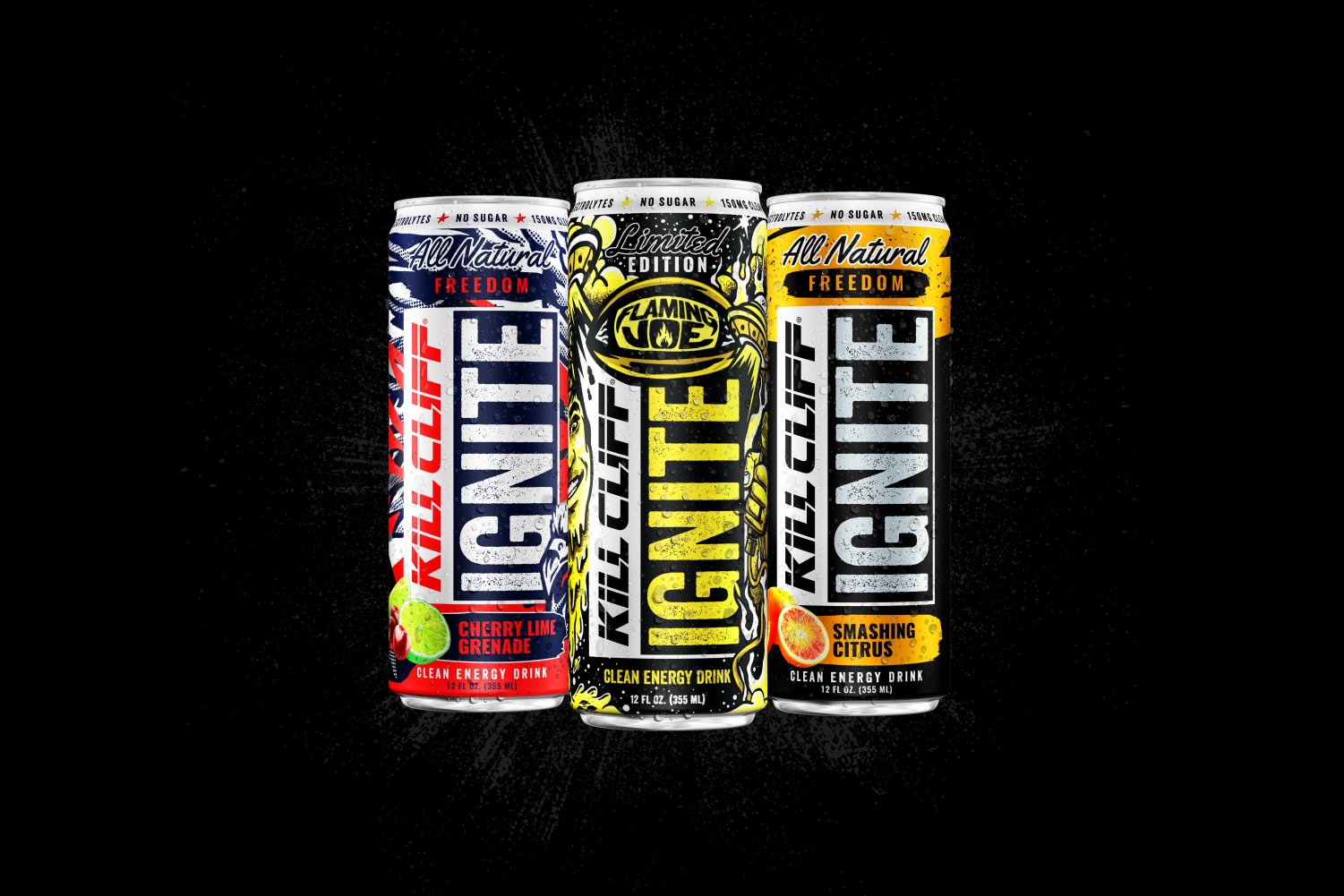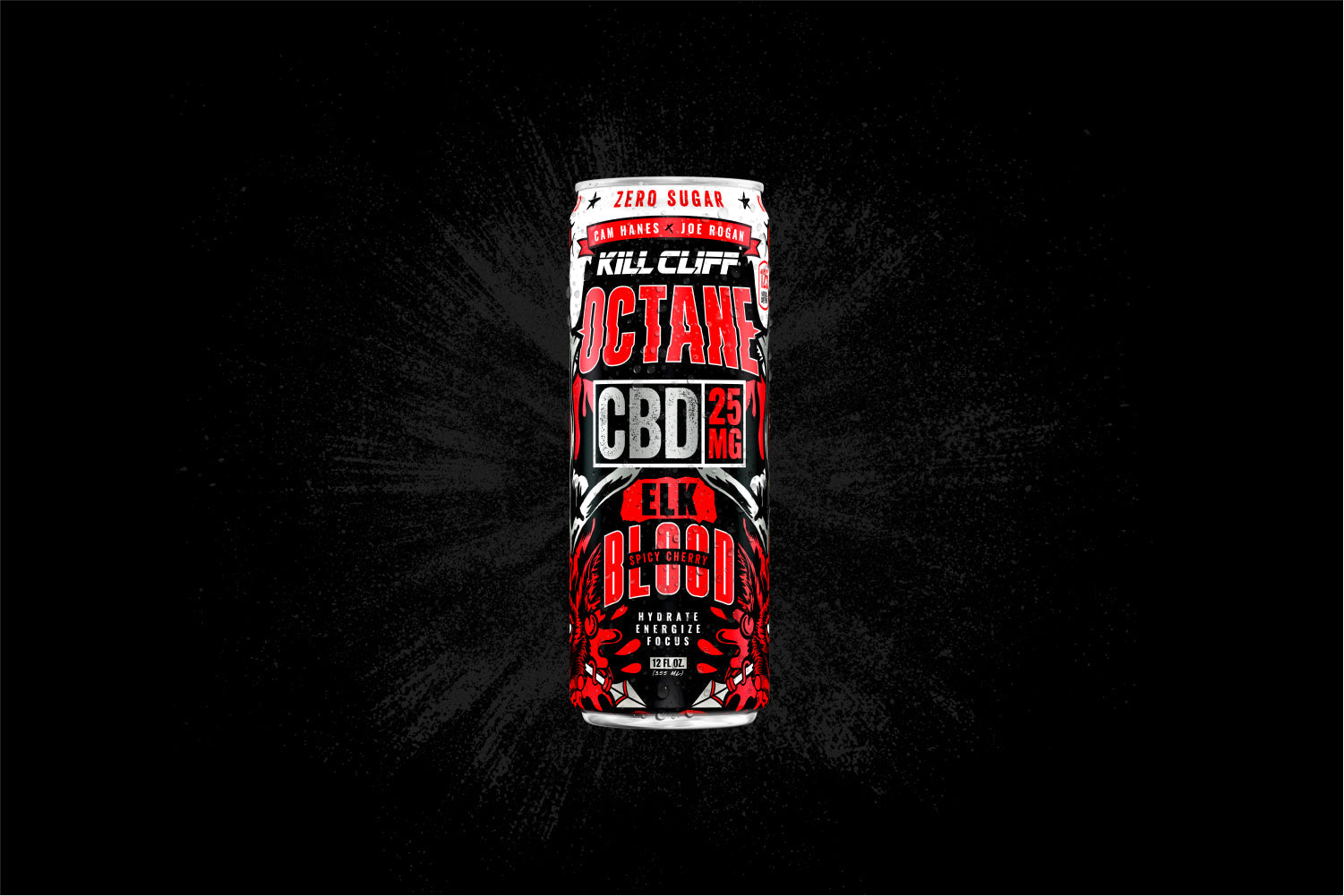
Proper exercise progressions are essential for preventing sports injuries, developing lasting strength in an athlete, and achieving athletic goals. This is why, after years of being an athlete and coach, I have become an advocate for low-volume complex movements to develop upper body strength and skill. I will share an overview of this approach with you here, as well as touch upon the basics of my training strategy for upper body strength development.
Injury Prevention Is Crucial
Injury prevention is a reoccurring theme with athletes that reach out to me. Among the complaints I hear, joint pain seems to be one of the most popular. While the causes of joint pain and other injuries are multifactorial and can be person specific, I have found that many of these clients come from programs that are high-volume, constantly varied, and schedule linear progression based off of a specific cycle length.
The problem with this approach is twofold. First to note, every person progresses at a different rate, and programming progression on specific time-frames does not work for everyone. Second, this form of programming lacks consistent exposure to the same exercises at lower volume.
In a recent Tim Ferris Podcast, coach Christopher Sommer explains that the metabolic rate of tendons and connective tissues is about a 1/10 the rate of muscle tissue. Frequent exposure to lower volume, yet high-intensity, exercises provides the needed strength demand on muscles, while still allowing time for joints to strengthen, which can be a slower process.
This consistency also gives the body time to recognize that it needs to develop the movement patterns and strength for those particular exercises, giving it the time to adapt to the load and mobility demand. Constantly varying your skills doesn’t give your body time to recognize what it needs to do to develop. The low-volume, high-intensity approach, with sufficient mastery at lower skills before progression to advanced skills, seems to remedy some of the risks for injury and delay in athlete progress. These delays are frequently associated with the high-volume, high-intensity, randomized skills approach.
Achieving Goals Is Important
Prepping your body for advanced skills requires mastery at more basic skills. The analogy of levels in gymnastics, or belts in martial arts, can be easily drawn to recognize the importance of a progression ladder in skill mastery. In general fitness, the concept is the same. If your goal is set to do a muscle up, and you only train pull ups and dips until you can do 30 strict of each, then you have not properly prepared your body, regardless of how you feel or what your coach tells you.
There is more to the movement of a muscle up than a strict dip and pull up. If you increase your pulling and pushing complexity over time, instead of just mastering these two skills, then you are on your way to consistent muscle ups. The process requires that you successfully achieve five reps of each exercise in the ladder before progressing to the next skill.
Here is an example of this process:
Goal 1: 5 pull ups and 5 dips
Goal 2: 5 chest to bar pull ups and 5 ring dips
Goal 3: 5 false grip chest to ring pull ups and 5 wide arm ring dips
Goal 4: 5 feet elevated muscle up transitions
Goal 5: 5 muscle up negatives
Goal 6: muscle up
This is a condensed version of my muscle up progressions template, just to give you an idea of how the process works. This approach provides a clear cut path on how to achieve your goal, and it exposes your weak links. You may be able to do pull ups all day, but if you lack the shoulder extension to transition from your pull into the dip, for example, then you will always struggle at the muscle up and/or risk injury, thus delay your progress.
Now To Implement Your Plan
You now know the concept of the skill progression ladder based on the above sample of what might be done in the progressions prior to doing a muscle up. Typically, I use the 5-rep rule for upper body training. For example:
Level 1- 5 sets of 5 reps of: Pull Up
This exercise would be considered mastered when you can demonstrate five repetitions easily, and with control, through the entire movement (pull up and lower down to a hang five times with ease). You would then progress to a more complex exercise with similar rep schemes.
We progress strength in the order of static, eccentric (negatives), then full movement. For example:
Pull Up Progressions:
Goal 1: 60 second chin hang
Goal 2: 5 chin up negatives for 10 seconds each
Goal 3: 5 chin ups
These are just a few examples of the concept. There are always a few differences and exceptions depending on the specific skill, but this approach is a safeguard.
Develop Your Strength First
My approach is simple and applicable to athletes of all backgrounds looking to develop strength and proficiency in different areas of fitness. This approach offers a clear and achievable path to a goal by not wasting time on unnecessary volume. We train under the five-rep rule and build strength in order of static, eccentric, and concentric exercise. By following templates that program a low-volume, high-intensity, consistent routine, you are less likely to cause injury and will provide your body time to develop the strength and mobility for long-term progress.
If you are interested in following Chris Lofland’s online templates or want to join his individualized programming, feel free to email him at CMLofland@gmail.com or visit my website www.ChrisLofland.com for more info on program, pricing, free articles and more! You can also follow him on Instagram at @C_Lofland
Purchase Chris Lofland’s Gymnastic Strength Program (HERE) for $89.95
Purchase Chris Lofland’s Muscle Up Program (HERE) for $35.95
Purchase Chris Lofland’s Handstand Program (HERE) for $35.95








